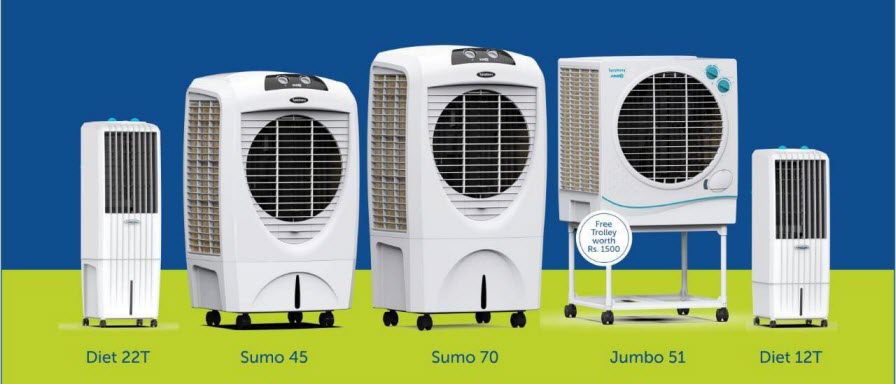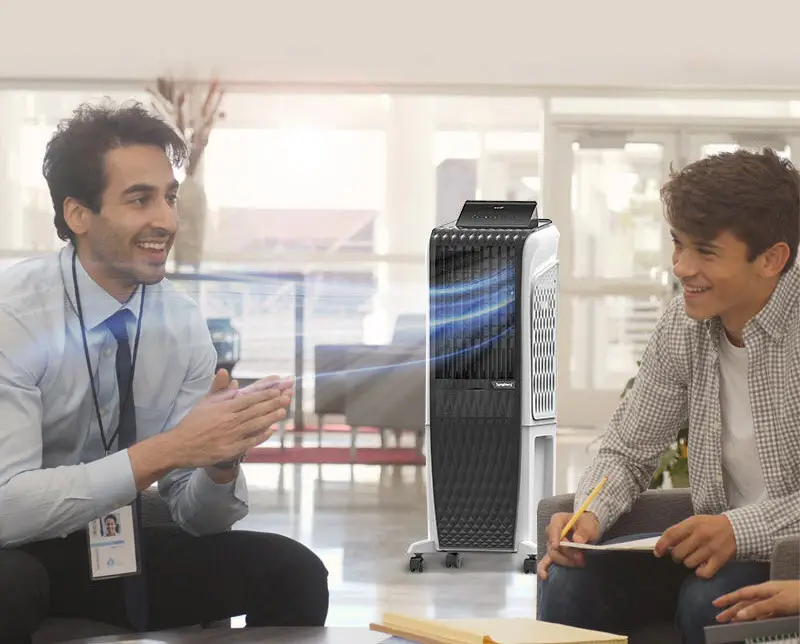Air coolers are popular appliances used to cool indoor spaces by evaporating water and blowing cooled air. With a variety of models available in the market, understanding the impact of features on their prices is essential for consumers looking to make a purchase.
Common Features of Air Coolers
Before discussing the impact of features on air cooler prices, let’s identify some common features found in most models:
- Cooling Capacity: The ability of the air cooler to cool a specific area, usually measured in cubic feet per minute (CFM).
- Energy Efficiency: The energy consumption of the air cooler during operation, which can affect long-term running costs.
- Portability and Design: Factors such as size, weight, and design features that determine the ease of moving and integrating the cooler into different spaces.
- Durability and Build Quality: The materials used in construction and design elements that affect the longevity and robustness of the air cooler.
- Additional Features: Extra functionalities such as remote controls, timer settings, oscillation, and water level indicators.
Impact of Features on Air Cooler Prices
Several factors contribute to the pricing of air coolers, with features playing a significant role:
- Cooling Capacity: Air coolers with higher cooling capacities, capable of cooling larger areas, generally come at a higher price due to their increased size and power.
- Energy Efficiency: More energy-efficient air coolers may have a higher initial cost but can result in lower electricity bills over time, making them a worthwhile investment.
- Portability and Design: Features such as wheels for easy movement, compact designs for space-saving, and aesthetically pleasing designs can influence the price of air coolers.
- Durability and Build Quality: Air coolers constructed from durable materials and with sturdy build quality may have a higher upfront cost but offer greater longevity and reliability.
- Additional Features: Extra features like remote controls, multiple speed settings, and air purification functionalities may add to the overall cost of the air cooler but can enhance convenience and comfort.
Determining Value: What’s Worth the Extra Cost?
When evaluating whether certain features are worth the extra cost, consider the following factors:
- Consideration of Needs: Assess your specific cooling requirements and preferences to determine which features are essential for your situation.
- Long-Term Savings: Consider the potential energy savings and durability of the air cooler over its lifespan to determine its overall value.
- Brand Reputation: Established brands known for quality and reliability may command higher prices, but their products often come with warranties and customer support that justify the investment.

Conclusion
The features of an air cooler significantly influence its price and overall value to consumers. While certain features may come at an additional cost, they can enhance cooling performance, energy efficiency, and durability, making them worthwhile investments for individuals seeking comfort and convenience.
FAQs About Air Coolers
The Impact of Features on Air Cooler Prices: What’s Worth the Extra Cost?
Do air coolers with higher cooling capacities consume more energy?
While air coolers with higher cooling capacities may have more powerful motors, their energy consumption can vary depending on factors such as efficiency ratings and speed settings. It’s essential to check the energy efficiency of the cooler to determine its overall impact on electricity bills.
Why do some air coolers cost more than others?
Air cooler prices can vary based on factors such as cooling capacity, energy efficiency, build quality, and additional features. Higher-priced models often offer advanced features and superior performance.
Are energy-efficient air coolers worth the extra cost?
Yes, investing in an energy-efficient air cooler may initially cost more but can result in long-term savings on electricity bills. These models are designed to consume less energy while providing effective cooling.
What features should I prioritize to ensure the best value for money?
<div id="wrapper" class="hfeed"><main id="content" role="main">
<section class="single-page-content-wrapp mt-0">
<div class="blog-container">
<div class="entry-txt">
Prioritize features that align with your specific needs and preferences. Consider factors such as cooling capacity, durability, portability, and energy efficiency to determine which features are worth the extra cost for you.
</div>
</div>
</section>
<section class="related-post-section">
<div class="blog-container"></div>
</section>
</main></div>
<footer class="site-footer">
<section class="main-footer center-block">
<div class="container footer-container">
<div class="row">
<div class="col-lg-12">
<div class="row footer-inner-row mb-4">
<div class="col-lg-3"></div>
</div>
</div>
</div>
</div>
</section>
</footer>
